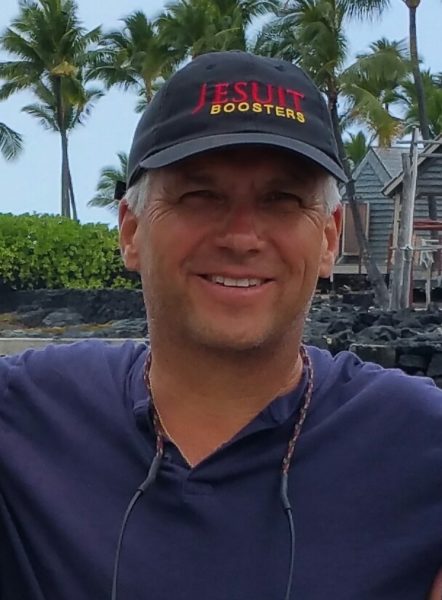 The Great Pacific Race 2016 is dubbed “the biggest, baddest, human endurance challenge on the planet.” Competitors from around the globe navigate their 2-4 person human-powered watercrafts (no engines or sails!) from Monterey, CA to Waikiki, HI. The route can range between 2400 to 3000 miles depending on weather condition. And – how cool is this – Sacramento Pipeworks’ very own Greg Vlasek is on one of these crews right now! And they’re in second place! Jason Bove sat down with Vlasek before he embarked and found out more about the race and his motivations.
The Great Pacific Race 2016 is dubbed “the biggest, baddest, human endurance challenge on the planet.” Competitors from around the globe navigate their 2-4 person human-powered watercrafts (no engines or sails!) from Monterey, CA to Waikiki, HI. The route can range between 2400 to 3000 miles depending on weather condition. And – how cool is this – Sacramento Pipeworks’ very own Greg Vlasek is on one of these crews right now! And they’re in second place! Jason Bove sat down with Vlasek before he embarked and found out more about the race and his motivations.
Bove) This year, to commemorate your 60 years in life, you have joined the 2nd Great Pacific Race 2016. What do you feel you will gain the most from this experience?
Vlasek) For me, this race is the culmination of a life recalibration process I’ve been working on for 18 months. Turning sixty was a milestone and a cause for reflection on my life’s endeavors, to be sure. But there were other reasons to seek out a gigantic challenge. My older brother, brother-in-law, and father all died within six months of each other. My life, despite its many blessings, had taken a direction I wasn’t controlling. I was overweight and out of shape, and my marriage was collapsing. Rowing to Hawaii has become my way of rewarding myself for turning my life around, for regaining control of who I am and who I want to be in the next sixty years.
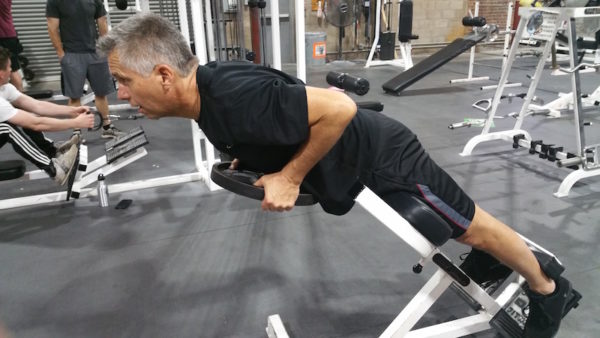
B) Are there any key factors that leave you hesitant about this heroic quest? Do environmental situations, personality conflicts, or vessel constraints weigh heavy on your preparations?
V) There is nothing about the physical, psychological or logistical demands of the row that concern me or my teammates. The Team Moana Uli boat belongs to the race organizer and its outfitting is state-of-the-art. The team has weekly Skype calls to discuss expectations, and we’ll have two weeks together of intensive training before the race. I’ve rowed over 5,000 miles on western rivers in my guiding career, so I know something about rigging and outfitting for comfort and safety. I’m going to miss spending time with my son and daughter for two months. That’s the biggest sacrifice and my only hesitation, really.
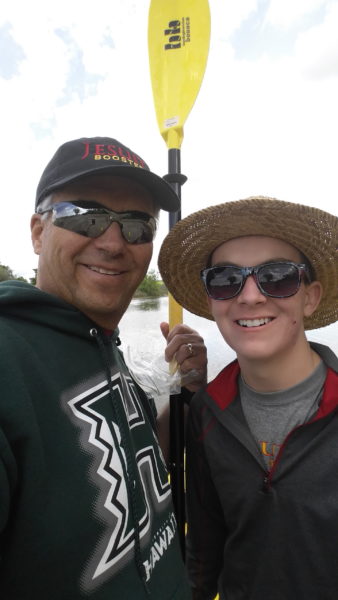 B) Being an advocate for both, The American River Parkway Foundation and The Hawaiian Legacy Reforestation Initiative, are there any significant reasons that you personally support these organizations in particular?
B) Being an advocate for both, The American River Parkway Foundation and The Hawaiian Legacy Reforestation Initiative, are there any significant reasons that you personally support these organizations in particular?
V) I’m a huge fan of the parkway. I’ve had my kids and stepkids rafting, hiking and exploring there since I came to Sacramento in 1994. It’s an absolute treasure, and under-appreciated, I think. I’ve been training there for the past year, cycling, kayaking, and rowing on Lake Natoma. Did you know there’s connector trail to the American River Bike Trail right across the street from the gym? The Parkway Foundation is doing great things to keep it all natural and accessible– a really tough task. They can use help with things like trail maintenance and invasive species eradication.
The Reforestation Initiative is planting native Koa and Sandalwood trees on thousands of acres of reclaimed Hawaiian ranch land. It’s an extremely ambitious project managed by some really gifted and visionary conservationists. My Hawaiian cousin and I had the privilege of planting a small memorial grove of Koa trees on the Big Island in January. It was intensely spiritual, making mana, a deep connection with nature. That’s what I love, and that’s what I want to preserve for the future.
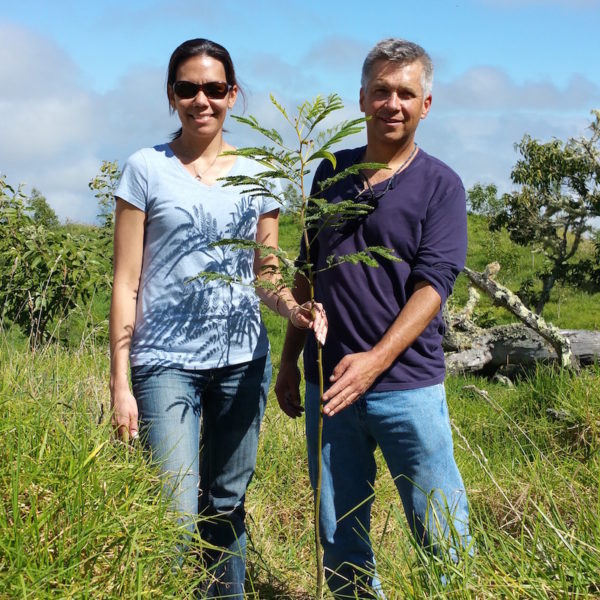 B) What kind of physical training have you found to be most beneficial for the race, and how will your membership at Sacramento Pipeworks help with these goals?
B) What kind of physical training have you found to be most beneficial for the race, and how will your membership at Sacramento Pipeworks help with these goals?
V) I bought myself a Concept 2 erg rower and a road bike a year ago to begin the earnest training. I joined Pipeworks for weightlifting three times a week. I do a little yoga. I was hoping to start climbing right away to build core and upper body strength, but I really haven’t had the time needed to develop basic proficiency. Rowing is the key workout, but my weight training at Pipeworks is critical to building up all the supporting musculature, especially the lower back. I’m training 18 hours a week right now and will ramp that up to 24 hours by May. When I sent a video of the Pipeworks facilities to my physical therapist in San Diego, he couldn’t believe it. He’d never seen anything like it.
B) Team Moana Uli (“Deep Blue Sea”) will be the chosen name for your 4-person team this year. How is this name significant to you and your team?
V) I came up with the name a while ago when I was contemplating a solo row to Hawaii. I offered it up when we decided to form a four-person team, and everyone agreed to go with it. It nicely represents both the journey and the destination. It runs a bit deeper for me because my birth father’s entire family is Hawaiian.
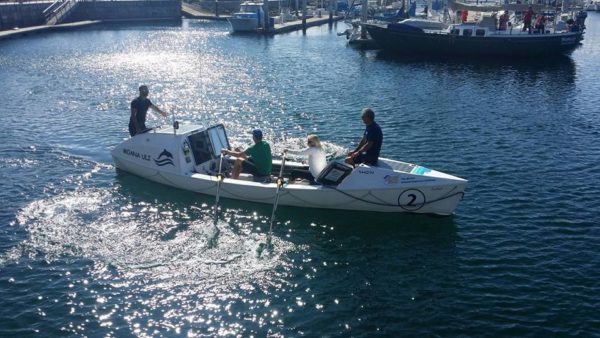
B) The record for a 4-man team of 43 days was set in 2014. What does your team need to do differently to beat or match this?
V) The record is 43 days set by Team United Nations, four strapping studs in their early 30’s. Team Moana Uli is very different, obviously. We’re a sixty-year-old former river guide, a 40-something endurance swimmer, a 26-year old Irish giant, one seasoned veteran ocean rower. Ocean rowing is about a lot more than physical strength. Every competitor is really entirely at the mercy of the winds and currents. Even though we plan to row 24 hours a day, there will be times when it’s more productive to sleep than to row. Our success will come from teamwork and rowing smart.
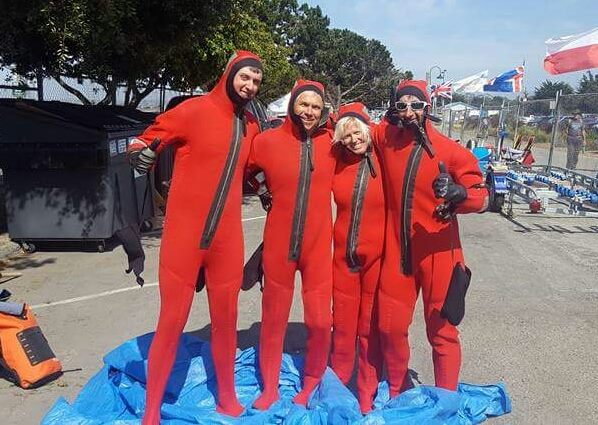
B) Your boat, ‘Isabel’ was used in 2014 by Team NOMAN and arrived in Hawaii in third place after 50 days 3 hours and 17 minutes. Will you be doing any modifications to the vessel before embarking on such a life-changing mission?
V) There are no significant changes to the boat or to the outfitting. The ocean-rowing boat is quite unique. It’s entirely solar-powered since there’s no engine of any kind. It’s equipped with the same navigation instruments, comm systems, safety gear and water purifier you’d find on a 40-foot charter sailboat. But, Isabel is only 25 feet long and 6 feet abeam. We carry 120 gallons of fresh water ballast for emergencies only. We use a sea anchor – basically an underwater parachute – for stability in rough seas, and only when it’s too rough to row. We carry four working oars and four spares made of carbon-kevlar composite.
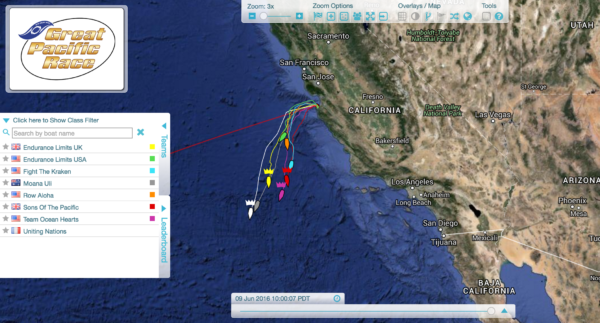
B) How can we readers contribute to your race?
V) Whatever donations we get will go to the charities on our blog. And donors to those charities will get tax receipts.
B) Are there any last items that you wish to speak of that have not yet been brought up, or that you wish to include? Thanks!
V) I’ll be looking for some beginning climbing partners when I get back in August. Until then, as the Hawaiians say, it’s “Hoe pa!” Paddle hard!

